Benefits of TACDA Membership
How to Stay Connected and Informed with your Family During a Disaster
Among the multiple benefits to becoming a member of The American Civil Defense Association (TACDA.ORG) we hold monthly Zoom webinars to teach and discuss civil defense topics. TACDA is a 501c(3) non-profit, non-political organization that has been serving American citizens since 1962.
Here I will highlight just one benefit of TACDA membership, our monthly educational monthly Zoom meetings by using our 03/14/2025 meeting about Emergency Communication presented by Bryan Stine, Be Ready Utah Outreach Specialist, who provided a stellar presentation on emergency communication. TACDA meetings like Bryan’s include a 45 minute presentation with 15 minutes for questions.
Be Ready Utah is a program of the Utah Division of Emergency Management, Utah Department of Public Safety. Fill out this form to subscribe for Be Ready Utah monthly emails. Utah’s Be Ready office is one of the best emergency management offices in the country. Each month Be Ready Utah focuses on one of 12 areas of emergency preparedness, and pertinent information for seasonal hazards or events.
Click here to view Bryan’s excellent presentation at this months TACDA zoom meeting: Be Ready: How to Stay Connected and Informed During a Disaster.
Basic TACDA Memberships are FREE!
As the volunteer vice president of The American Civil Defense Association, I would like to extend my personal invitation to you to join us. You can read about the expertise of our deep bench of TACDA experts here.
We are pleased to announce that basic memberships to the American Civil Defense Association are now given at NO CHARGE. The mission of The American Civil Defense Association is to empower and equip individuals, families and communities through educational means, to be prepared for emergencies and disasters. By giving life-time memberships, we are better able to achieve this goal.
TACDA Members receive:
A free e-journal of our bi-annual publication, the Journal of Civil Defense
Access to read and/or download all back issues of the Journal of Civil Defense Archives, beginning with Edition #1, May 1968
Access to the TACDA Academy and other member resources
Member discounts on products and services through the TACDA Store
Voting privileges at member meetings
TACDA™ is a registered 501(C)3 non-profit, non-political organization.
Why Communication Matters in Disasters
The communication tools below were part of Bryan’s Be Ready Zoom presentation. They reflect years of civil defense wisdom developed from decades of natural and manmade disasters in Utah.
Accurate information enables informed decisions. As we just saw in Western North Carolina after hurricane Helene struck, communication is often the first thing lost in an emergency. Reliable and true information sources are essential during a disaster. Not all sources will be available depending on the emergency.
Knowing and having multiple ways of giving and receiving information will help you "Be Ready" to communicate and be reunited with family and friends.
Below are some resources Be Ready Utah offers its citizens. All are useful for Americans who want to be ready for natural and manmade disasters.
Emergency Contact Information Cards
TACDA Academy Chapter 13: Communications
Our TACDA ACADEMY - CIVIL DEFENSE BASICS is an excellent resource for family communication tactics and resources. A sample page follows.
FEMA Guide to Alerts and Warnings
This is a detailed FEMA created 40- page guide to alerts and warnings.
Communicating During and Emergency
FCC and FEMA Communication Tips
The following tips for communicating during an emergency, including how to prepare for a power outage, are offered by the FCC and FEMA.
Preparing for an Emergency
Charge Your Wireless Phone, Laptop, or Tablet if a Storm Is Coming
Also consider keeping extra batteries, a solar charger, and/or a car charger on hand. For a power outage, you may be able to connect to the internet using secure WiFi, if it is available nearby (at a coffee shop, library, etc.). You may also be able to use your charged laptop or tablet to recharge wireless phones by connecting the devices with a USB cable.
Be Prepared to Monitor News and Emergency Broadcasts During Power Outages
Consider a battery-powered radio or portable television to check news broadcasts for emergency information during power outages. Make sure you have charged or fresh batteries if needed. You can also purchase a solar-powered or hand-cranked radio, which may also be used to charge cell phones, though you should first check the instruction manual.
Create a Family Emergency Communication Plan
Go to Ready.gov and create a family emergency communication plan.
Sign Up to Receive Alerts and Warnings
Sign up to receive alerts and warnings to your phone or mobile device from your local government, school, and/or workplace. These local alerts can augment the Wireless Emergency Alerts you receive over your mobile phone and the Emergency Alert System alerts you receive over television and radio.
Create an "In Case of Emergency" Contact on Your Wireless Phone
Store at least one emergency contact under the name "In Case of Emergency" or "ICE" for all mobile phones and devices. This will help someone identify your emergency contact if needed. Enter household and emergency contact information into all household members' mobile phones or devices.
Inform Your Emergency Contact of Medical Issues
Inform your emergency contact of any medical issues or other requirements you may have.
Create an Emergency Contacts List on Mobile Phones and Devices
Create a group list on all mobile phones and devices of the people you would need to communicate with if there was an emergency or disaster.
Write Down Important Phone Numbers
Write down phone numbers for emergency services, utilities, service providers, medical providers, veterinarians, insurance companies, and other services.
Make Sure Family and Other Contacts Know How to Send Mobile Texts
Ensure household members and your out-of-town contacts know how to text if they have a mobile phone or device. Texts often go through even when cell phone service is down.
Download the FEMA App
Download the FEMA App for disaster resources and to receive weather alerts, safety tips, and reminders so you can have peace of mind and be ready for the unexpected.
During an Emergency
If you have call forwarding on a landline phone at home, consider forwarding those calls to your wireless number in the event of an evacuation. This will help you continue to receive incoming calls to your home telephone number.
Limit Non-Emergency Phone Calls
This will minimize network congestion and free up "space" for emergency communications. If you do need to make a call, try to keep it brief and only convey vital information to emergency personnel and/or family. Limiting calls also conserves cell phone battery power.
Try Texting in Non-Emergency Situations
For non-emergencies, try text messaging from your wireless phone. Text messages to other wireless devices may go through when your call may not, though there may be a delivery delay during times of network congestion. (You can also text to 911 in certain locations, so check ahead on availability.)
Adjust Your Wireless Phone to Conserve Battery Power
Check your wireless device or manual for ways to conserve battery power, such as dimming the brightness of your display screen and disabling certain applications. If you have difficulty accessing your wireless network, consider connecting to WiFi service if your phone is WiFi-capable. If the wireless network in your area is damaged and you do not see any signal bars on your phone, consider turning your phone off to prevent the battery from draining as your phone seeks a usable wireless signal.
Call 911 Only for Emergencies
Learn and use the designated number in your state for highway accidents or other non-life-threatening incidents.
Wait 10 Seconds Before Redialing Calls that Don't Connect
Redialing a wireless call multiple times in quick succession can increase network congestion, further limiting the ability of all users to place calls. If you must make a call, space out your call attempts.
If Evacuated, Forward Your Home Number to Your Wireless Phone
Another Benefit of TACDA Membership
Another benefit of TACDA membership is our Survival Store. We vet products and select the few we believe are most useful to the greatest number before, during, and after a disaster. A sample follows.
NEW! Combat Application Tourniquet
The Combat Application Tourniquet (CAT) is the fastest, safest, most effective prehospital field tourniquet and is the official tourniquet of the U.S. Army.
Nuclear Detonation Survival Card
NEW! Nuclear Detonation Survival Card
Stay prepared and informed in case of a nuclear emergency with this Wallet-Size Instruction Card for Nuclear Detonation, Blast, Fallout, and Radiation Protection and Survival.
3.5 Gal WaterBrick
WaterBrick
These unique water containers, unlike any other, can also hold food and other life essentials and add value by cross stacking up to 4 feet for maximum efficient storage.
Pocket Dosimeter, AT-746, 0-600R
Pocket Dosimeter, AT-746, 0-600R
The Direct-Reading Dosimeter is a pocket-size, carbon-fiber electroscope with an ion chamber for detecting exposure to Gamma and X-Ray radiation. 0-600R
Toilet Seat with Lid
Toilet Seat with Lid
This plastic toilet seat snaps on a 5 gallon bucket/pail. Lid closes tightly. Used for emergency sanitation.
On Duty – Gas and Water Shut Off Tool - Imagine how many home owners in the recent catastrophic wildfires in California could have benefited from using this gas and water shut off tool.
On Duty – Gas and Water Shut Off Tool
The On Duty gas and water shut off tool is a 4 in 1 emergency tool. This one tool shuts off gas and water, pries open doors and digs through debris.
GoDark Faraday Bag for cell phones
GoDark Faraday Bag for cell phones
The GoDark Faraday Bag, an industrial strength Faraday bag from Tarriss, protects your cell phone from location tracking, hacking, and damage due to external EMF by blocking all outgoing and incoming EMF signals between 600 MHz and 6 GHz, including GPS, Cell Phone, Wi-Fi and Bluetooth.
Bonus
TACDA has so much to offer, such as the MET-TAG. Please visit us at TACDA.ORG and explore the many riches to be found there that reflect 60 years of experience creating innovative civil defense resources to save Americans.
MET-TAG™ - The Standard Since 1976
The METTAG Triage System was conceived in 1975 by Robert F. Blodgett, a TACDA official and a Civil Defense Director of Jacksonville, FL, who then gave the tag to TACDA in 1976 in hopes that it would financially support TACDA's civil defense publication, the Journal of Civil Defense. Since then, millions and millions of METTAG's have sold around the world, and continue to save lives and support TACDA today. METTAG's are of the oldest and best quality triage tag in the industry. METTAG's save lives! Stock up today!
Custom tags and international shipping available! Email info@mettag.com for information.
Crusader Final Testimony
And this I know
And wanted to say to you
At some point before I die
So hear me out wife.
This is my final testimony.
With death calling
More times than I can recall or count
I saw your face, your image, your spirit
Before me briefly before each terror
And found then the strength,
The courage, sometimes the breath
To strike back at the evil, the terror,
That came from the desert.
I took up my cross, saddled my horse,
Sharpened my sword and dagger
Reinforced my shield
Picked up my long lance
And joined my soldiers in the Crusade.
Through all the heat, bones, and disease
I saw our flag raised above Jerusalem.
Back now back in the land of water and crops,
I know I have done my duty with honor
And thought you should know:
It is the female imperative that saved us,
Which the enemy never knew.


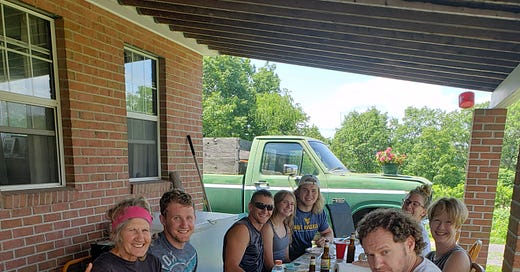



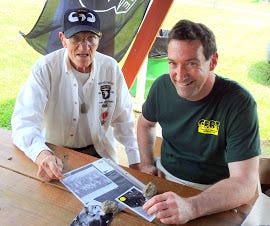

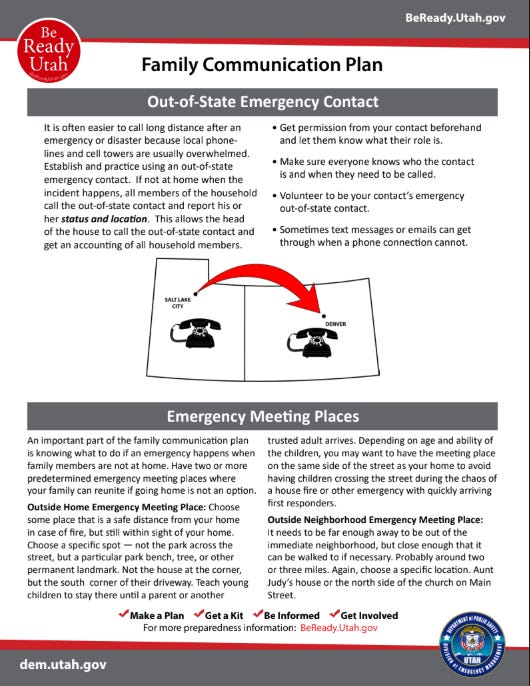



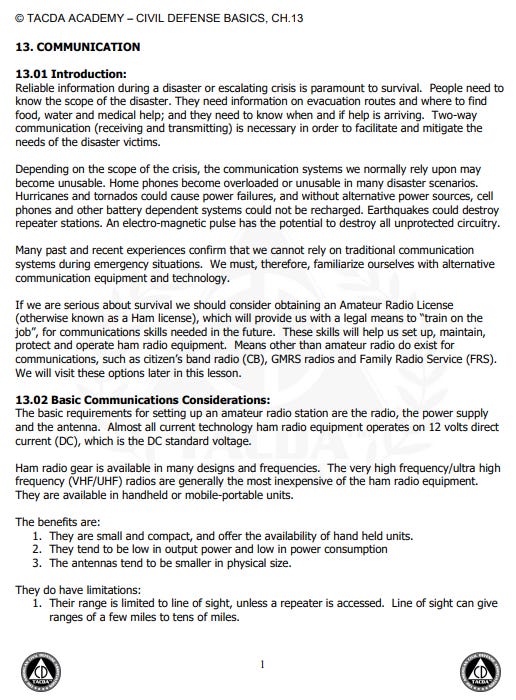






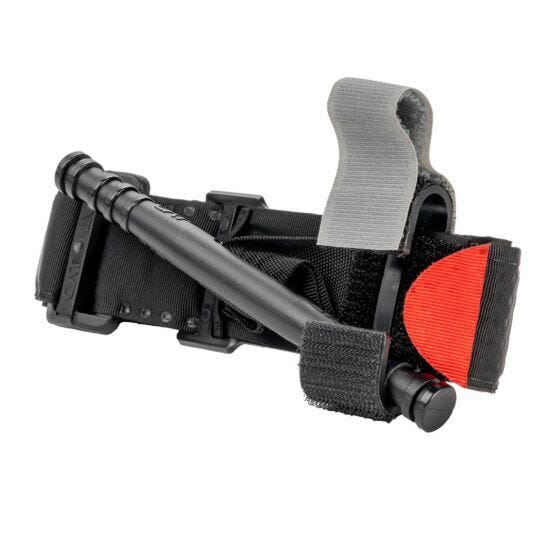
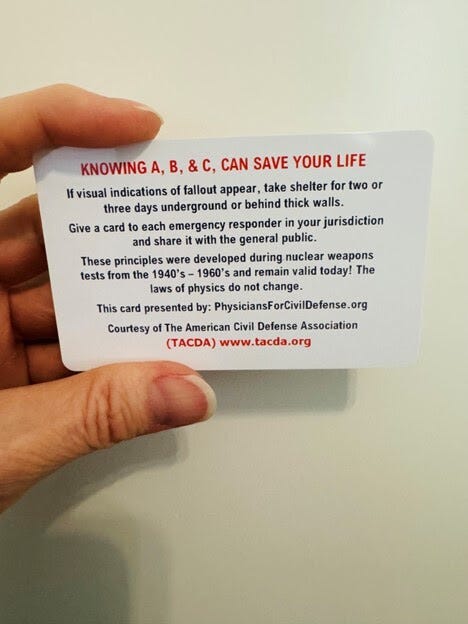

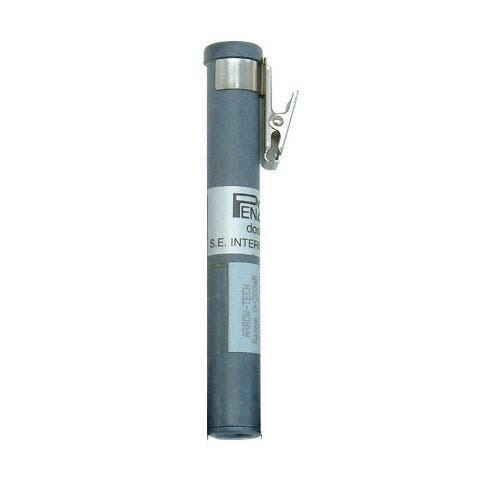

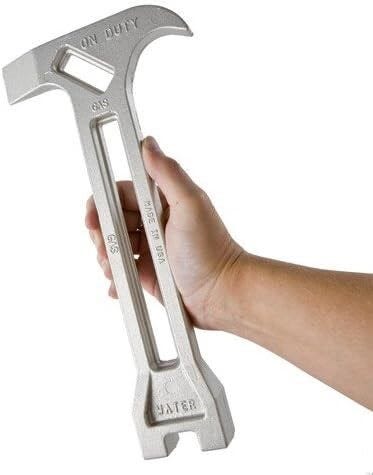
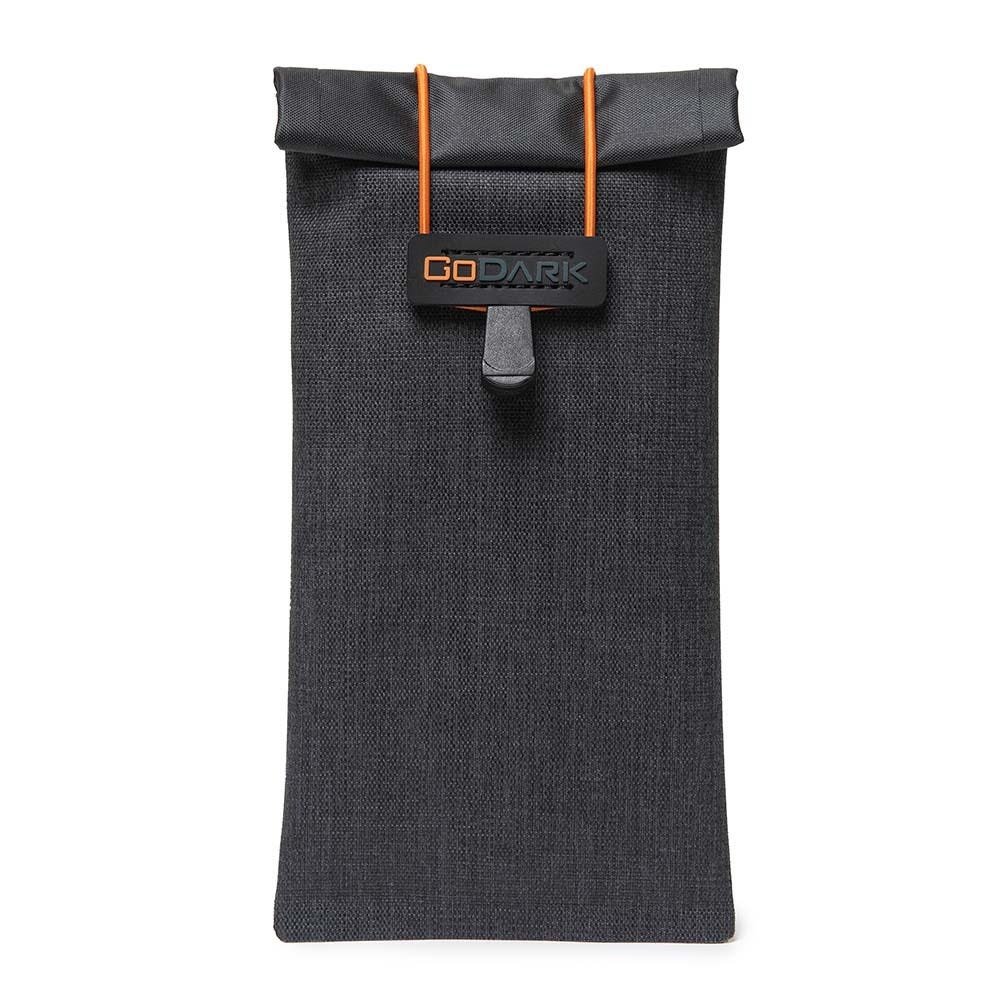



Just a note about water meters, most require a roughly one inch 5-sided socket to open (this may only apply to Maryland but I suggest people check theirs out, it should be labeled.